Introduction
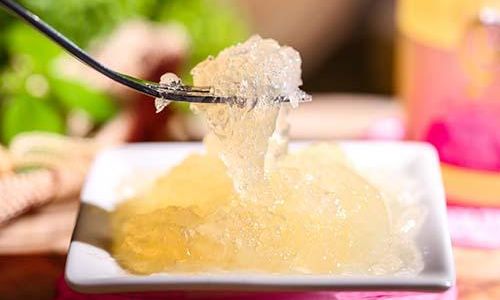
Edible bird’s nest, often revered as a luxury delicacy and a superfood in many cultures, has been cherished for centuries due to its perceived health benefits and exquisite taste. Derived primarily from the salivary secretions of certain swiftlet species, these nests are meticulously harvested, cleaned, and processed before being enjoyed in various forms, such as in soups, desserts, or even taken as a supplement. However, one question often arises among both new and seasoned consumers: how much edible bird’s nest should one consume in a single serving to maximize its benefits without overindulging?
This comprehensive guide aims to demystify the optimal dosage of edible bird’s nest, considering factors such as individual health, the type and quality of the nest, and the intended health benefits. By understanding these aspects, consumers can make informed decisions about incorporating this precious ingredient into their diets.
Understanding Edible Bird’s Nest: Composition and Benefits
Before diving into the appropriate dosage, it’s crucial to understand what makes edible bird’s nest so special. These nests are composed primarily of proteins, glycoproteins, and sialic acid, along with trace minerals and vitamins. The high protein content, particularly the unique blend of glycoproteins, is believed to support immune function, skin health, and tissue repair. Sialic acid, a component found naturally in human breast milk, is thought to promote brain health and cognitive function.
The traditional use of edible bird’s nest spans a wide range of health claims, from enhancing energy levels and improving digestion to promoting lung health and beauty. While scientific research on these benefits is ongoing and sometimes inconclusive, many people continue to incorporate bird’s nest into their diets based on anecdotal evidence and cultural traditions.
Factors Influencing Dosage
Determining the right amount of edible bird’s nest to consume involves considering several factors:
-
Individual Health and Needs: Each person’s nutritional requirements and health status are unique. Factors such as age, gender, body weight, and specific health conditions can affect how much bird’s nest is appropriate. For instance, pregnant women and individuals recovering from illness may require higher doses to support their increased nutritional needs.
-
Type and Quality of Bird’s Nest: Edible bird’s nests vary widely in quality, purity, and origin. High-quality nests, such as those sourced from Indonesia or Malaysia, are often prized for their superior nutritional profile and taste. The texture and color can also vary, impacting the overall experience. Generally, purer and more concentrated nests may require smaller servings to achieve the desired effects.

-
Preparation Method: How the bird’s nest is prepared can also influence its effectiveness and dosage. Cooking methods, such as boiling or steaming, can affect the nutrient retention and bioavailability. Additionally, combining bird’s nest with other ingredients, like rock sugar, ginger, or milk, can enhance its flavor and potential health benefits but may also alter the recommended serving size.
-
Desired Health Benefits: The intended health benefits play a significant role in determining dosage. For example, someone looking to improve their skin health may consume bird’s nest more frequently or in larger servings than someone using it as a general wellness supplement.
Optimal Dosage Guidelines
Given these factors, here are some general guidelines for determining the optimal dosage of edible bird’s nest:
-
Starting Point for General Use: For most adults, a common starting point is approximately 3-5 grams of dried bird’s nest per serving. This amount is generally considered safe and sufficient to experience its subtle flavor and potential health benefits. It’s important to note that this is a general recommendation and can be adjusted based on individual preferences and responses.
-
Adjusting for Frequency: The frequency of consumption also matters. Consuming bird’s nest once or twice a week is a common practice for maintenance of general health. For more specific health goals, such as enhancing skin elasticity or supporting immune function, increasing the frequency to 3-4 times a week or even daily may be beneficial. However, it’s advisable to consult with a healthcare professional before making such changes, especially if you have any underlying health conditions.
-
Consideration for Special Populations: Pregnant women and individuals recovering from illness or surgery may benefit from higher doses, typically around 5-8 grams per serving. However, it’s crucial to consult with a healthcare provider to ensure that this increase is appropriate and safe.
-
Monitoring and Adjusting: It’s important to monitor your body’s response to bird’s nest consumption. If you notice any adverse effects, such as digestive discomfort or allergic reactions, reduce the dosage or discontinue use and consult a healthcare professional. Conversely, if you find that the benefits are not as pronounced as expected, you may gradually increase the dosage within the recommended range.
Practical Tips for Consuming Edible Bird’s Nest
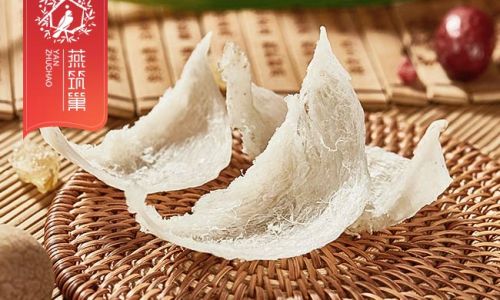
-
Preparation Techniques: To maximize the nutritional benefits and flavor of edible bird’s nest, soak it in water for several hours or overnight to soften it before cooking. Gentle cooking methods, such as steaming or simmering in a double boiler, are preferred to preserve its delicate texture and nutrients. Avoid using excessive heat or boiling, which can degrade some of the beneficial compounds.
-
Combining with Other Ingredients: Incorporating bird’s nest into dishes like soups, desserts, or smoothies can enhance its taste and nutritional profile. For example, combining it with ingredients rich in antioxidants, vitamins, and minerals, such as red dates, goji berries, or coconut milk, can create a synergistic effect.
-
Storage and Shelf Life: Proper storage is crucial to maintain the quality and freshness of edible bird’s nest. Store dried nests in an airtight container in a cool, dry place, away from direct sunlight and moisture. Once cooked, consume bird’s nest promptly or store it in the refrigerator for up to a few days.
Conclusion
In conclusion, determining the optimal dosage of edible bird’s nest involves a balance of individual factors, nest quality, and intended health benefits. By starting with a general recommendation and adjusting based on personal experience and professional guidance, consumers can enjoy the delicate taste and potential health benefits of this luxurious delicacy without overindulging. Remember, the key to maximizing bird’s nest’s benefits lies in consistency, moderation, and mindful consumption.
As research continues to unfold the mysteries of this ancient superfood, incorporating it into a balanced diet with an awareness of one’s unique needs can be a rewarding addition to a healthy lifestyle. Whether enjoyed for its cultural significance, culinary delight, or potential health perks, edible bird’s nest remains a cherished component of many diets worldwide.
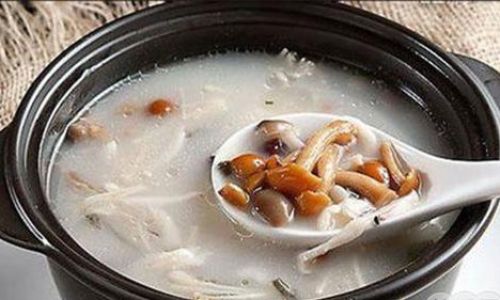


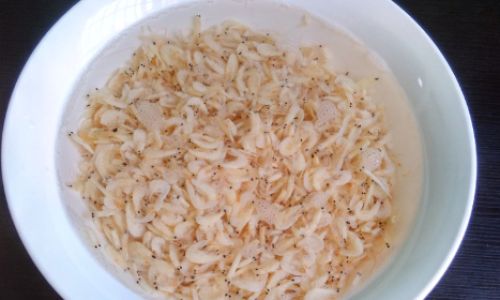
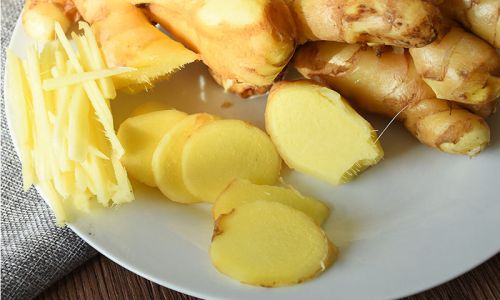
0 comments